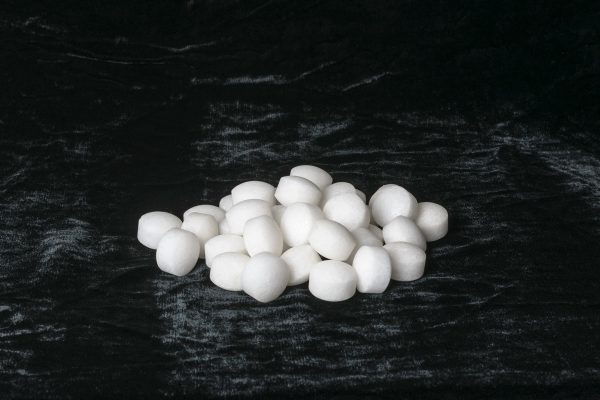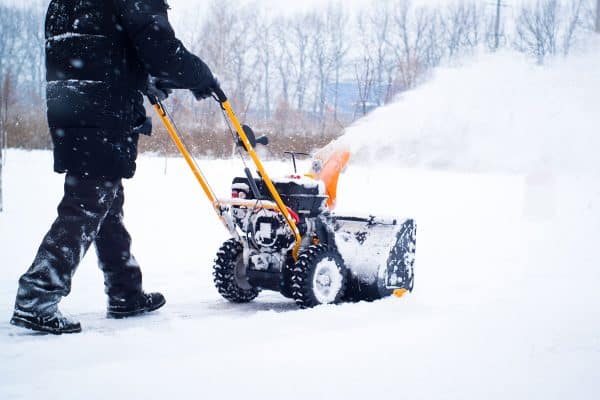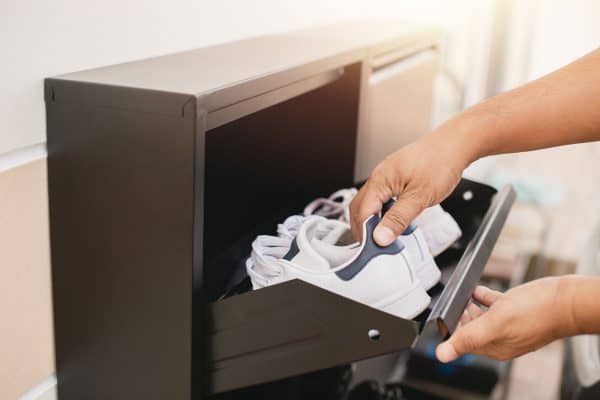You've probably seen these bags used for repacked bulk dry goods—thick, shiny, and silvery pouches that can keep food for a long period of time. These are mylar bags, popularly used to lengthen the shelf life of dry food stored in them. Oftentimes, they look like compressed bags and you may be wondering if they are vacuum-sealed.
Generally speaking, mylar bags do not need to be vacuum-sealed. You only need to put an oxygen absorber inside to completely remove the oxygen, and heat seal the bags. The chemical reaction inside causes the oxygen absorber to slightly compress the mylar bag, making it look like it was vacuum-sealed.
Using mylar bags for long-term use is one of the most practical and cost-effective ways of keeping food as fresh as possible. If you are looking into doing the same for your pantry staples, you're in luck! We've compiled all our research on how you can best use mylar bags for storage so continue reading our article to know about how it can help extend food shelf-life.
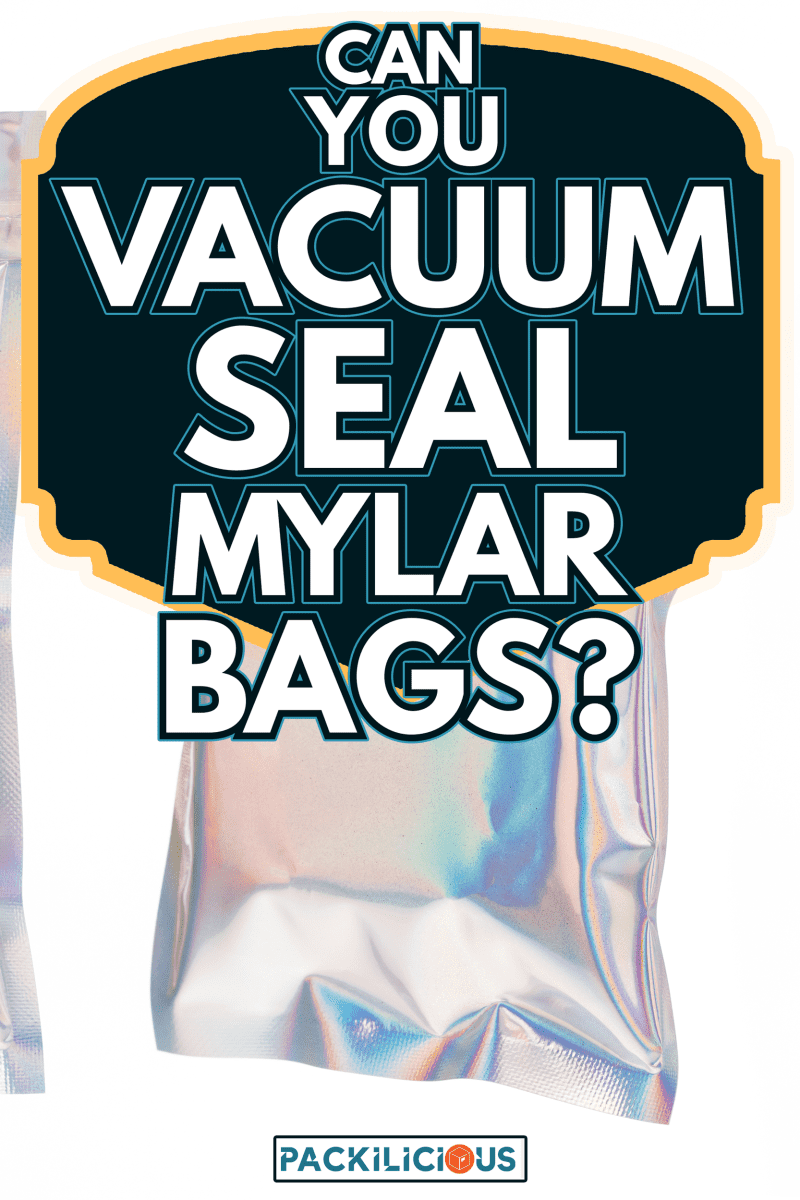
Can You Vacuum Seal Mylar Bags?
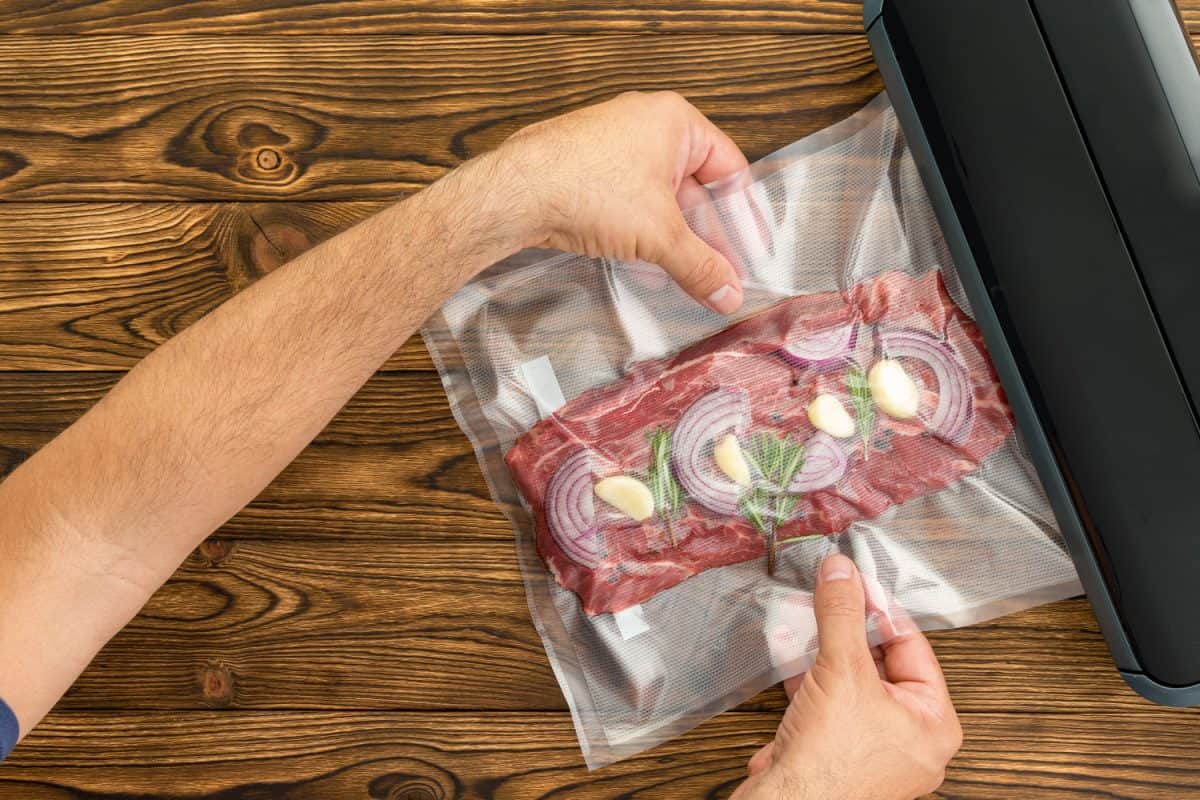
When looking for storage bags that will let you keep your food fresh for long periods of time, there are often two options that you can choose. Some people prefer using vacuum bags, while others like the flexibility of mylar bags.
Mylar bags are the best choice if you are looking to store dry food in open-air storage spaces such as cupboards or pantries. These bags are best used for dry to semi-moist items like brown sugar, but it is not advisable for foods that have liquid.
If you've seen stored food in a mylar bag, you will often find that the bag is compressed or has very little air. A lot of people think that food stored in mylar bags should be vacuum-sealed before storage.
Technically, mylar bags do not need to be vacuum-sealed. These bags look like they are compressed is because of oxygen absorbers—tiny packets of iron that absorb the oxygen and retain nitrogen gas inside the bags. Using oxygen absorbers in your packaging is enough to ensure that the food will stay fresh in a mylar bag.
Most mylar bags also do not work well with vacuum sealers because of their smooth surface. Vacuum sealers need a little texture on the bag's surface to lock on when it is sucking the air out of the bags. You can do a workaround by vacuum-sealing the food before putting it in a mylar bag, but this is a little wasteful.
What Is The Difference Between Oxygen Absorbers and Desiccants?
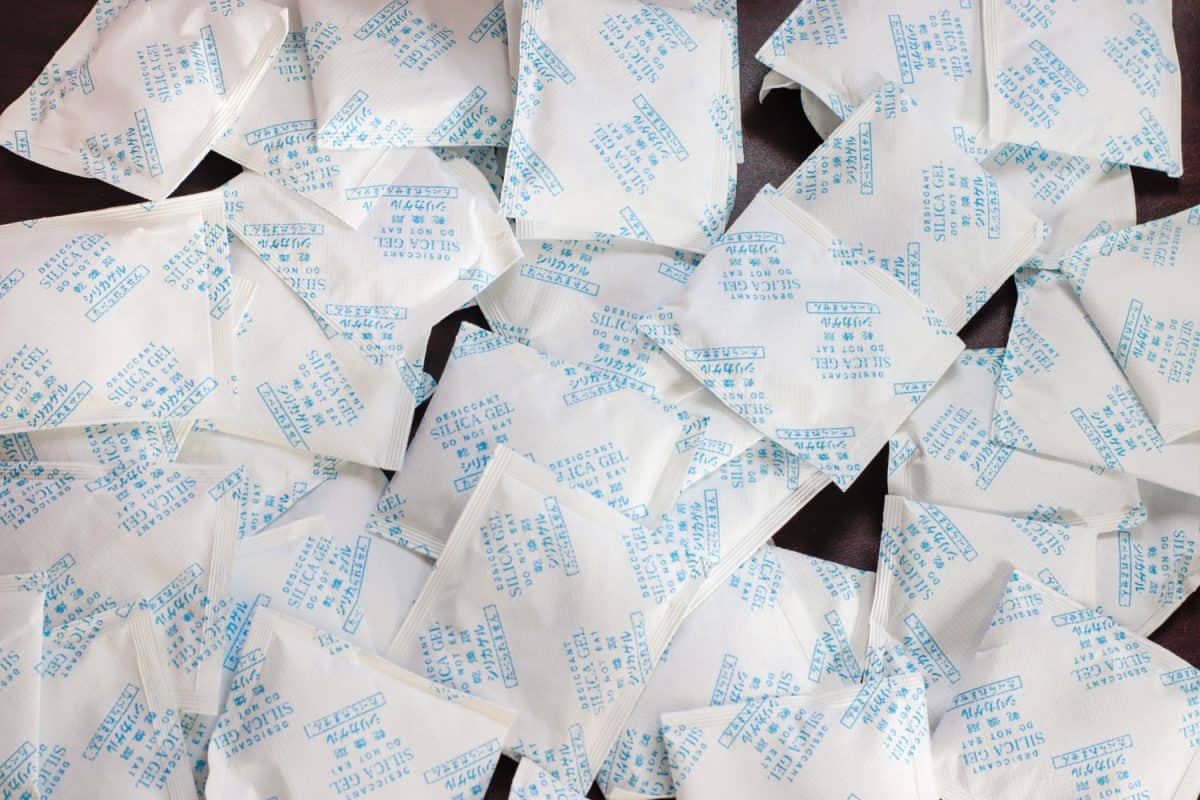
We see these small packets inside our food items all the time. It will always have a "DO NOT EAT" warning sign all over the packet and we often wonder what they are. Depending on what kind of food it is that we have opened from the package, they can either be an oxygen absorber or a desiccant.
Oxygen Absorbers
Oxygen absorbers or OAPs are small packets that contain iron fillings, clay, and salt. The clay inside the packets produces moisture and the salt helps activate the iron fillings to absorb the oxygen in the bag. OAPs immediately react once they are exposed to air.
When placed inside the mylar bag, the OAP absorbs all the oxygen and it only retains nitrogen gas inside the bag. This is why some mylar bags do not look completely compressed even with the OAP inside.
Nitrogen is used for long-term food packaging because it does not react with the food and it does not allow mold and mildew to grow.
Storing food in mylar bags requires oxygen absorbers to keep the dry food fresher. Depending on the size of your mylar bags, there is a recommended number of OAPs you can put inside to make sure that they will absorb all the oxygen.
Make sure to check the manufacturer's recommendation and also the conditions you are working in.
Check out this oxygen absorber on Amazon.
Desiccants
Desiccants, on the other hand, are also small packets that you might find inside your food packages. They are used to absorb moisture inside the bag, which can lead to damaging and ruining the product if the moisture persists.
Made of silicon dioxide, desiccants, more commonly known as silica gel is a non-toxic, water-insoluble material that can be used to help preserve food. It can hold about 30-40% of its weight in water, and it makes your dehydrated, vacuum-sealed food fresher.
When placed inside a vacuum-sealed bag, silica gel packets can lengthen the shelf life of your food by taking out the moisture that can react negatively to your food. Having less moisture inside the food packs will ensure that mold and mildew will not grow.
Silica gel packets are best used for vacuum-sealed dry food. If you are planning to vacuum pack some dry food for storage, add a silica gel packet inside to make the shelf life longer.
These packets are not required if your vacuum-sealed food will be stored in the refrigerator or the freezer because there will be too much moisture in the environment.
Get these silica gel packets on Amazon.
What Is The Best Way To Seal A Mylar Bag?
The best way to seal a mylar bag is by heat sealing them. Mylar bags are made of PET and they are pretty easy to close and seal with the use of heat.
Hair Straightening Iron
If you are planning to use mylar bags to repack at home, you probably have the needed tools already. Mylar bags can easily be sealed using a hair straightening iron or even your standard flat iron. Straightening irons are easier to use because you only need to clamp the bag in between to seal it shut.
Get this straightening iron on Amazon.
Impulse Heat Sealer
However, if you are looking into doing a lot of storage with mylar bags, you may need a more efficient tool than a hair iron. For bulk mylar bag sealing, you should use an impulse heat sealer. All you need to do is place the bag in between the sealing clamps and it takes seconds to heat seal them.
Impulse heat sealers also come in different lengths, depending on the mylar bags you typically work with. You may find that an 8-inch impulse sealer is enough for home use, but some sealers can seal big gallon bags as long as 16-inches wide.
Check out this impulse heat sealer on Amazon.
Do You Need To Seal Zip Lock Mylar Bags?
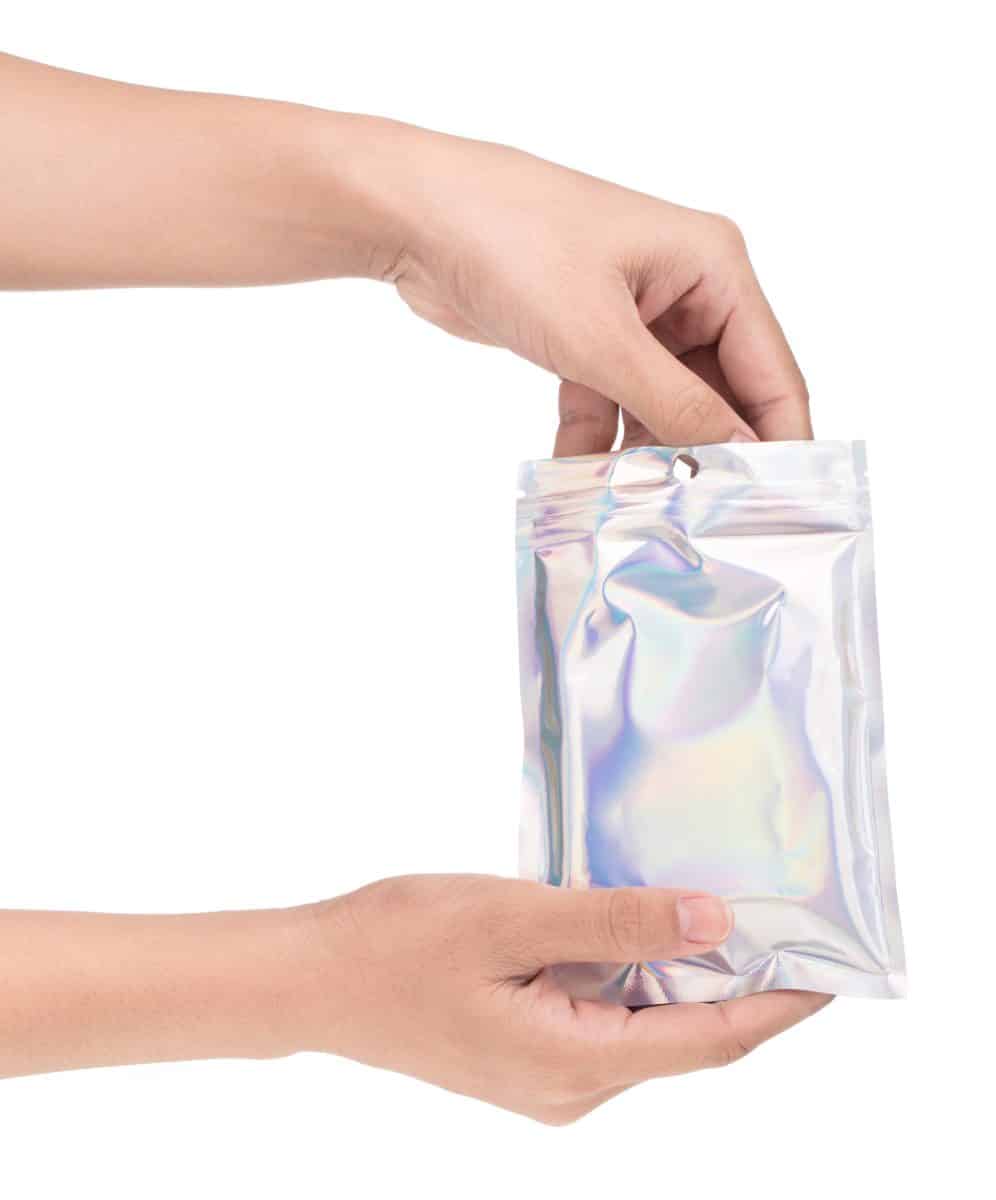
There are different kinds of mylar bags that you can buy on the market. Some of them can straight up be sealed using a heat sealer, but some of them do come with a ziplock. This makes sealing the bags easier when packing them.
Since the bags already have a ziplock seal on top, a lot of people think that it is enough for storage. While that is true, mylar bags will still work better if there is no air that will penetrate the bag during storage. To keep food at its freshest, zip lock mylar bags should still be heat sealed to ensure their long shelf life.
This can easily be done by zip-locking your food inside the bag with an oxygen absorber. Before storing the food items, you should seal the topmost part using a heat sealer.
Get this set of mylar bags on Amazon.
 Final Thoughts
Final Thoughts
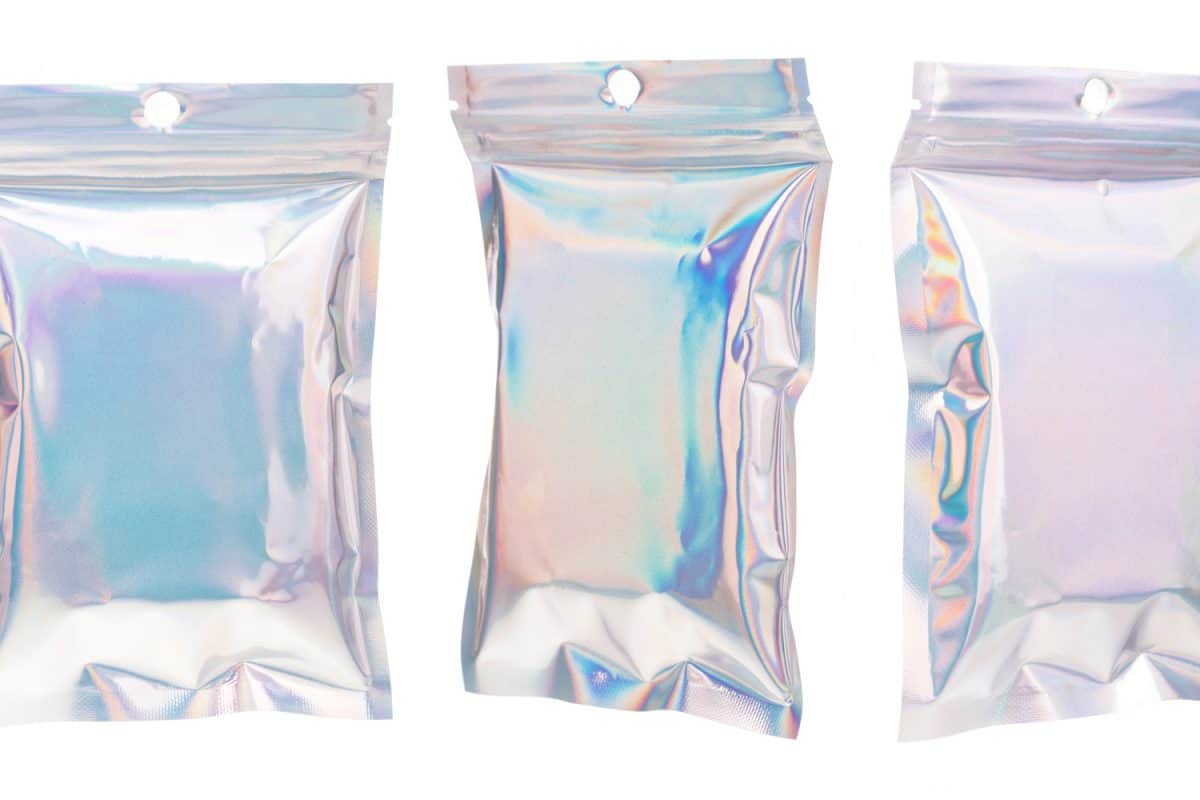
Mylar bags are great for storing food for long-term use with the help of some oxygen absorbers and a good heat sealer. Using these items should be enough to keep food fresh for a long period of time, without the need of vacuum-sealing the bag. It is a lot less work and most foods stored in a mylar bag lasts longer than vacuum-sealed items.






